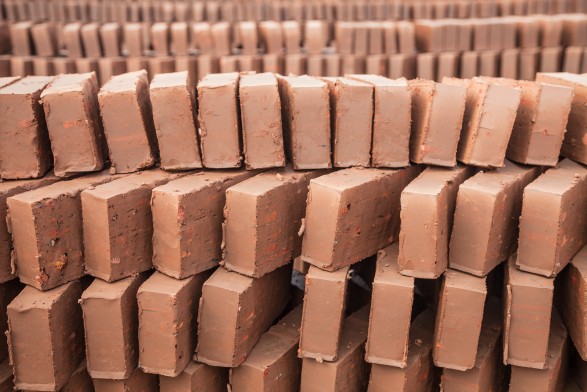How to choose the right bricks for your project

What ever the project, selecting bricks is one of the most important decisions you’ll face as it is not something you can readily change. The colour, size, texture and bond will all need some serious consideration to make sure you get the aesthetics right. To get you started, we’ve put together a few pointers to help you narrow down the options!
First, you will need to see which brick is appropriate for the area in which you are building. Planners will have a big part to play in deciding which materials are allowed to be used in your region - usually those which are indigenous to the area; red brick in the north, creams and yellows around Cambridge and London, blue bricks in the Midlands etc.
This will also depend on the style of your build, depending on the structure’s character. For example, if it is a Georgian-style build you will most likely want to avoid anything too malty, and when it comes to a farmhouse style building you aren’t likely to want anything too precise or tightly jointed. This will direct your decision making and help to select certain features, such as whether you opt for machine or handmade bricks. The machine made, wire cut bricks are more uniform in shape and cheaper, whereas the handmade bricks are rougher, textured and more authentic in appearance, allowing you to go for more of a bespoke look in terms of colour and size.
The appearance of your completed brick work will primarily be down to the pattern in which the bricks are laid (or ‘bonds’), and this will influence the overall style of your home. More traditional bonds include Flemish, English, or English Garden Wall and are often two or three bricks wide. However, more recently a simple Stretcher bond has become more popular due to it being easy and cheaper to lay. Unlike the other bond types, Stretcher bonds can only be use as the outer face of a cavity wall due to it being only one half-brick in width and therefore too thin to support the structure alone.
Once you’ve decided upon the colour, type and bond, you’ll be ready to buy you bricks and you will find that, as with anything, you get what you pay for. Standard common bricks can start from £150-200 per thousand, whilst handmade and more bespoke types will cost closer to £600 per thousand.
If you are extending your property, you’ll need to match your new bricks to your existing brickwork, taking into account that you older bricks will have weathered and that the original bricks specified may not be available now. Most manufacturers will offer a brick matching service where tints can be applied to help blend the brick work, or ‘pre-weathered’ bricks can be ordered.
Don’t forget: before you commit to buying, make sure you request samples, try to see a finished build which has used the bricks you want to buy and ask your bricklayer to build small sample wall so that you can see the bricks and bond in action.

